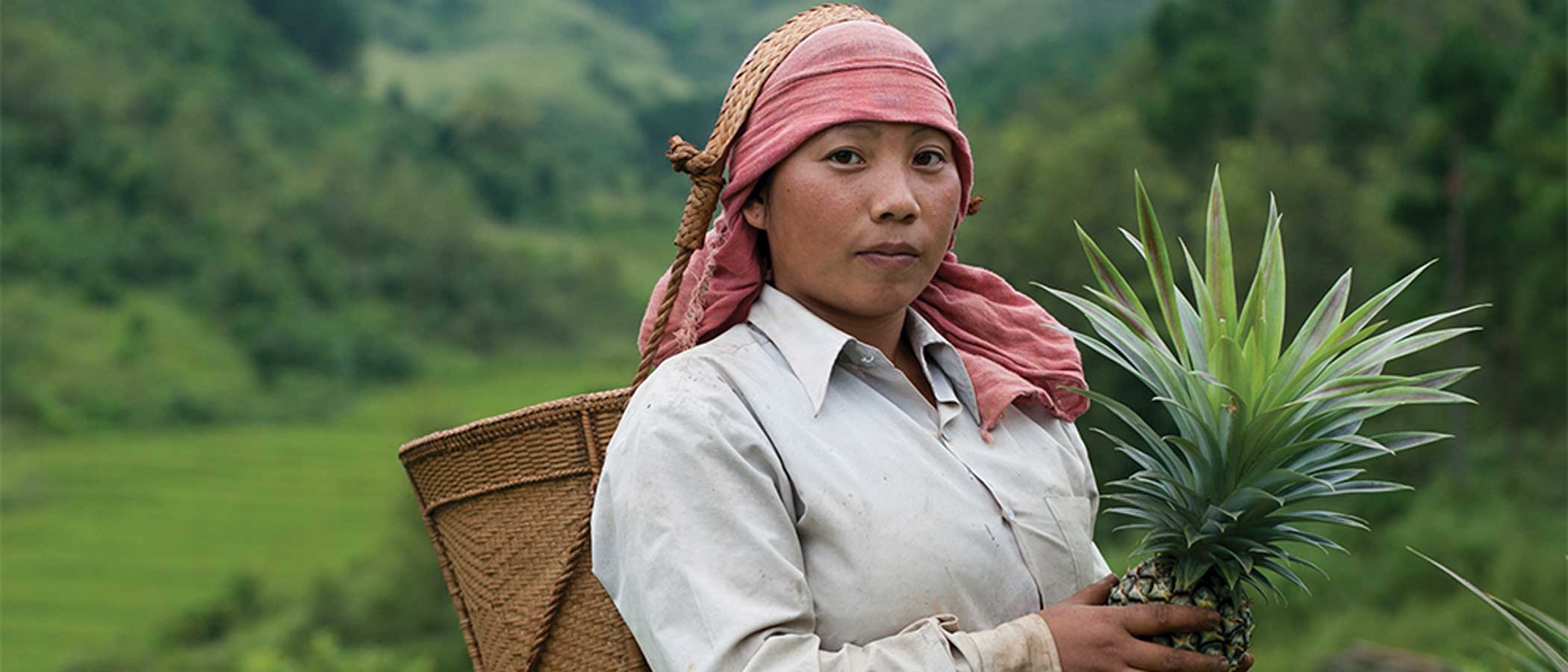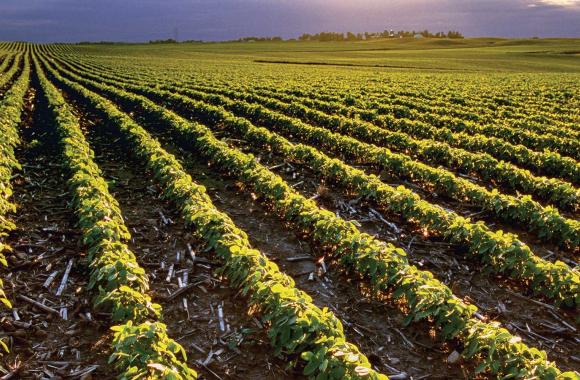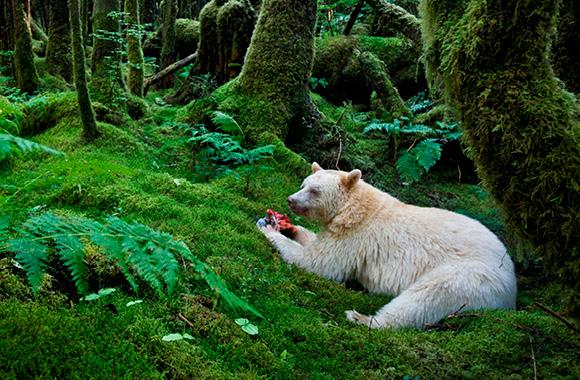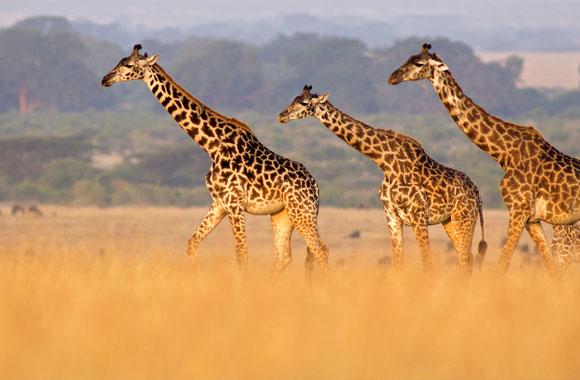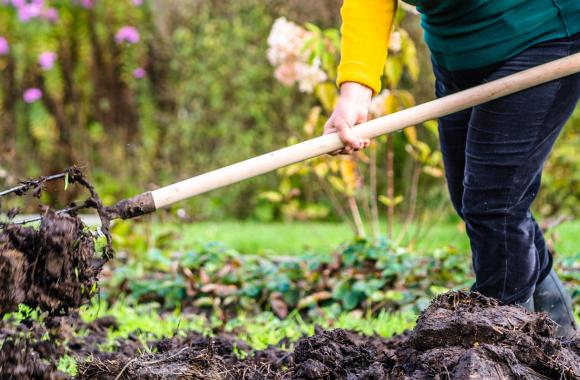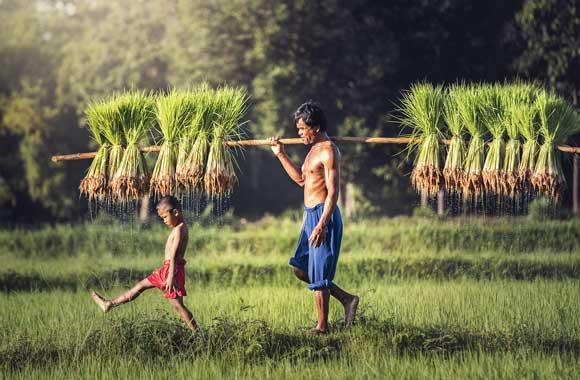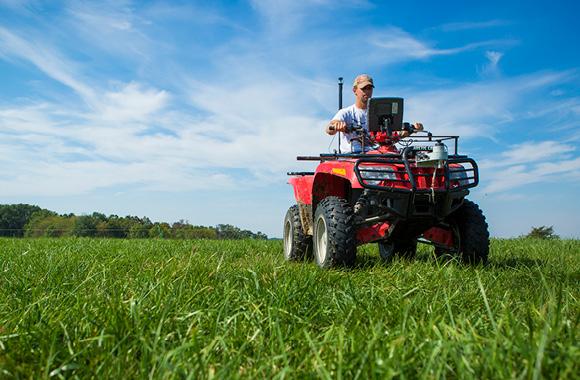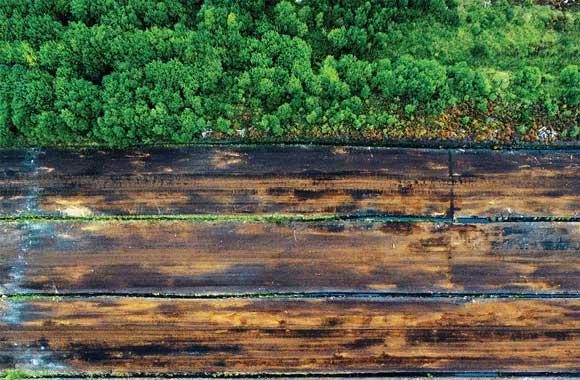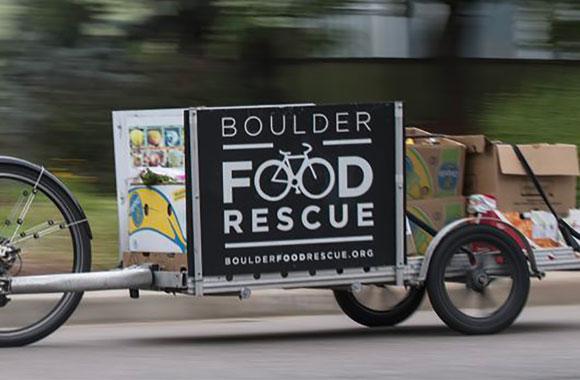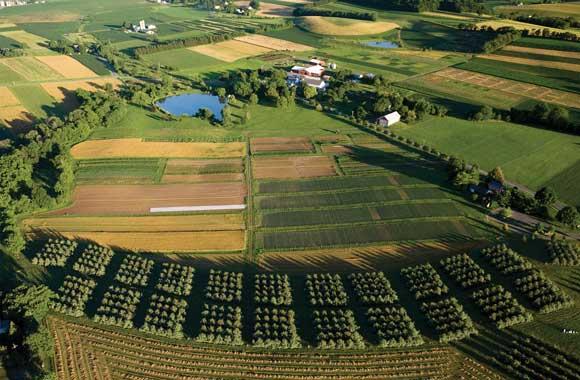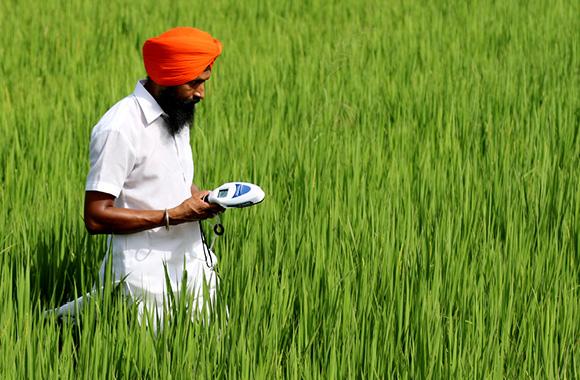Sustainable Intensification for Smallholders
Sustainable intensification practices such as pest management, crop diversification, and capacity building can increase per-hectare agricultural productivity for smallholders. This in theory reduces the need to clear additional land.
Reduced/Sequestered
2020–2050
To Implement
Operational Savings
Impact
This solution models reduced emissions from three sustainable intensification practices: agroecological pest management, crop diversification (integrated crop-livestock system), and capacity building (access to knowledge, training, finance etc.). These practices together increase yield on farms managed by smallholders. If 32.84–16.3 million hectares of farmland were managed with these three practices, this solution could reduce carbon dioxide equivalent emissions by 1.36–0.68 gigatons by 2050.
Introduction
Project Drawdown’s Sustainable Intensification for Smallholders solution involves adopting sustainable intensification practices that increase the yield of smallholder farmers (both men and women), while increasing their socioeconomic conditions. It comprises three practices: agroecological pest management, which reduces crop losses to pests through agroecological means; crop diversification and integrated crop-livestock system, which can increase crop yields; and capacity building, including training and improved access to finance, which enables smallholder farmers to adopt innovative climate-friendly agricultural practices. This solution replaces smallholder conventional cropland.
Increasing productivity can reduce pressure to clear additional land for agriculture, and can free up some cropland for forest restoration, biomass crop production, or other uses. However, intensification can increase land use change under some circumstances—for example, in the absence of enforced forest and grassland protection policies.
Methodology
Total Land Area
This solution is allocated on the nondegraded cropland areas that were allocated to Project Drawdown’s four annual cropping solutions (Conservation Agriculture, Regenerative Annual Cropping, Improved Rice Production, and System of Rice Intensification) but not adopted under their two adoption scenarios. As a result, the total land area available for this solution is less under Scenario 2 than under Scenario 1. Current adoption is assumed to be 0 because this solution represents conventional cropping land that is not adopted by any of the four annual cropping solutions.
Adoption Scenarios
We built two custom scenarios based on the global weighted potential adoption of agro-ecological pest management, crop diversification, and capacity building. The total land area allocated differed for the two scenarios.
We calculated impacts of increased adoption of Sustainable Intensification for Smallholders from 2020 to 2050 by comparing two growth scenarios with a reference scenario in which the market share was fixed at current levels.
- Scenario 1: Scenario analysis yields the adoption of 32.84 million hectares (88 percent of total available land).
- Scenario 2: Scenario analysis yields the adoption of 16.30 million hectares (44 percent of total available land).
Emissions and Yield Model
We set emissions at 0.22 metric tons of carbon dioxide equivalent per hectare, based on five data points from five sources. We set carbon sequestration at 0.63 metric tons of carbon per hectare per year based on one data point.
Financial Model
All monetary values are presented in 2014 US$.
Net first cost is US$0 per hectare because there is no cost to the land manager to implement. Net profit is calculated at US$897.63 per hectare per year (based on meta-analysis of 10 data points from two sources), compared with US$483.9 per year for the conventional practice (based on 67 data points from 35 sources). We calculated the operational cost at US$614.23 per hectare per year (based on 15 data points from three sources), compared with US$755.95 per year for the conventional practice (based on the 57 data points from 25 sources).
Integration
Our Agro-Ecological Zone model allocates current and projected adoption of solutions to forest, grassland, rainfed cropland, and irrigated cropland areas. We apply this solution to smallholder croplands for which no other solution is implemented.
Results
Scenario 1 reduces emissions by 1.36 gigatons of carbon dioxide equivalent by 2050. Lifetime net profit is US$344.60, and lifetime net operational savings are US$148.35 billion.
Scenario 2 reduces emissions by 0.68 gigatons of carbon dioxide equivalent by 2050. Lifetime net profit is US$171.05, and lifetime net operational savings are US$73.62 billion.
Discussion
Benchmarks
Climate impact benchmarks for this solution are unavailable. Burney et al. (2010) reported that agricultural intensification in general (all farm sizes, all genders, worldwide) can reduce emissions by a total of 3.6 gigatons of carbon dioxide equivalent per year.
Limitations
Data on current and projected adoption, financials, and emissions reduction are extremely limited. Additional data would improve this study.
Conclusions
Sustainable intensification offers substantial emissions reductions due to avoided deforestation. It also offers co-benefits of human rights and food security. This strategy should be an important component of land-based mitigation.
References
Burney, J. A., Davis, S. J., and Lobell, D. B. (2010). Greenhouse gas mitigation by agricultural intensification. Proceedings of the National Academy of Sciences of the United States of America, 107 (26) pp. 12052–12057. DOI: 10.1073/pnas.0914216107
What You Can Do
Use your purchasing power to show support for small, sustainably managed farms.
Promote laws and policies that incentivize climate-friendly agriculture.
- Expand your knowledge by exploring another Drawdown solution.
Co-benefits
Sustainable intensification for smallholders Increases farmers income and contributes to food security by increasing crop yield.
It also builds soil health and improves water infiltration during rain and retains the moisture during droughts.

